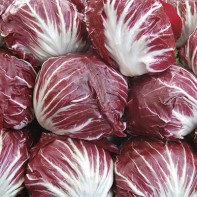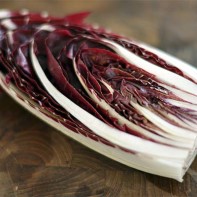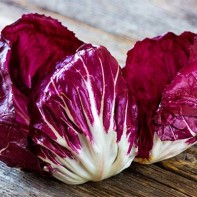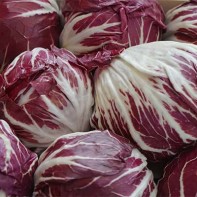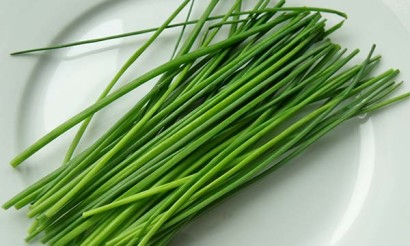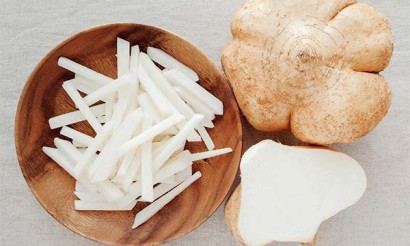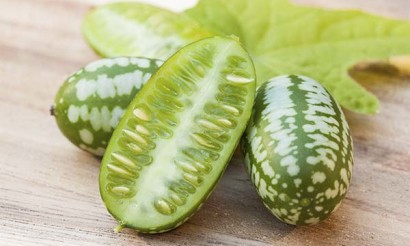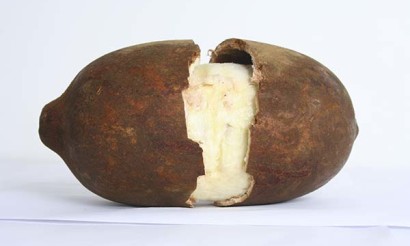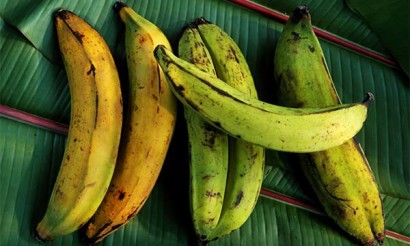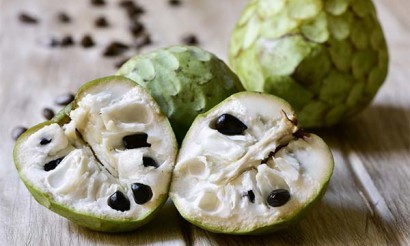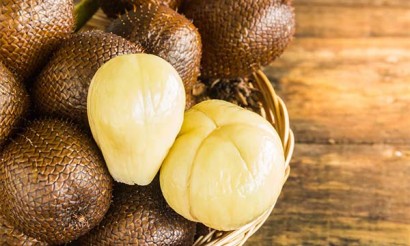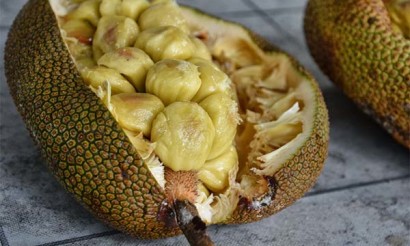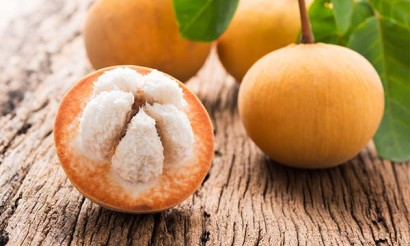Radicchio: what kind of vegetable is it and why is it useful?
Many people think radicchio is a common type of red cabbage, but it is not. It is a cabbage salad that has a bitter taste and is one of the favorite vegetables in Italian cuisine. The cultivation of lettuce began in Belgium. So, one agronomist simply decided to experiment: he started pulling young sprouts out of the ground and sending them into a dark cellar. The lack of sunlight caused the lettuce leaves to turn pale and then, in frosty times, turn purple. Because of this way of growing, lettuce has a bitter taste, which goes well with many dishes and adds some zest to them.
What is this vegetable
Radicchio is a vegetable, more precisely a cabbage salad, which is a type of chicory. It has many varieties, which are not particularly different from each other. In Russia, only the most common varieties are sold, which include Verona, Treviso and Chioggia. The last two have dense, firm leaves, but the leaves of the variety Verona are friable.
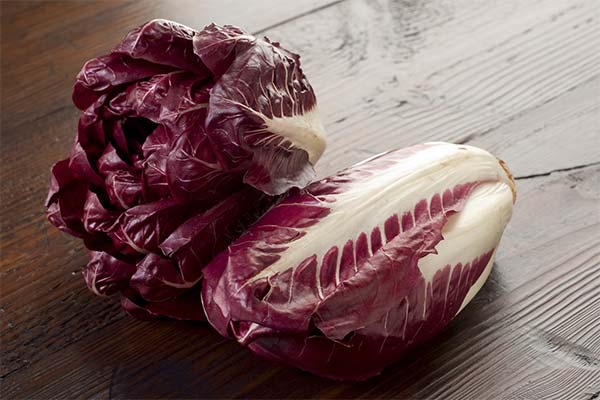
It has been proven that eating the vegetable is beneficial because raddicchio has in its composition many vitamins and minerals that can fight diseases and improve overall human health.
The lettuce contains important vitamins from groups A, B, E. There is also ascorbic acid and minerals (iron, potassium and calcium, phosphorus and so on) in the leaves.
Lettuce leaves taste bitter and have a spicy aftertaste. Bitterness is lost a lot with heat treatment. It is actively used in cooking, and especially in Italy. Also radicchio is an aid for many ailments and health problems, so it is often used in folk medicine and cosmetology. This is due to the fact that, in addition to its taste and useful composition, the vegetable has medicinal properties.
What does it look like
Radicchio lettuce in its appearance resembles a white cabbage. The cabbage is dense, firm. The leaves are colored purple because of the way the crop is grown. Depending on the variety, the saturation of the purple color can increase or decrease, but the crop has one important feature: radicchio lettuce never has a green sprout due to the lack of sunlight during cultivation. White veins are present on all leaves in large numbers. The vegetable is usually 7-12 centimeters in diameter.
Where it grows
Most radicchio lettuce is grown in Mediterranean regions and then sold around the world. This location is easy to explain: the vegetable loves sunlight, and areas on the Mediterranean Sea are famous for a warm, favorable climate. The crop is grown in seedbeds from May to July.
In addition to heat and light, the plant constantly needs abundant watering. Those fruits that received little moisture during cultivation have an even more bitter taste than those that were regularly moistened.
What Radicchio is good for
Radicchio lettuce is low in calories, but the composition of the vegetable makes it a very healthy crop. The bitter taste of the plant did not appear for nothing: there are intibin and sesquiterpenes in its composition. It is these substances have an analgesic effect on the body. Immediately after the appearance of lettuce, everyone learned that eating it is good for your health. It is not for nothing that the inhabitants of the bountiful Mediterranean use lettuce in their diets.
- Eating lettuce helps to cleanse the blood and improve heart and vascular function. The risk of heart disease with frequent consumption of radicchio is reduced by as much as 30%. In addition, lettuce establishes normal blood pressure and reduces the risk of getting a heart attack.
- If you eat lettuce during the winter and cold season, you can boost your immune system and prevent the colds we are all prone to during this season.
- Radicchio salad also strengthens bones. This is because of the large amount of calcium and vitamin K in its composition.
- The vegetable is good for brain function, helping to keep a bright mind until old age. It also affects the nervous system and helps the human body recover from emotional stress and strain.
What harm can come from
Despite the useful properties, there are also contraindications in the use of lettuce. In fact, it does not bring special harm to the body. Nevertheless, it is worth using it with caution.
- For example, it is not recommended to give radicchio salad to young children, and especially to newborns. The bitter taste of the food can frighten the child.
- When the product is heavily abused, or rather overeating, the acidity of the stomach increases, which causes discomfort or even heartburn. If you eat lettuce in a normal, adequate amount, this will not happen.
- It is also worth excluding the product from your diet if you have an individual intolerance or if you show signs of allergy after eating the salad. The main symptoms of intolerance or allergy include nausea, headache, diarrhea, vomiting, and rashes on the skin, usually around the mouth.
- Not advised to eat lettuce people who suffer from serious problems with the heart and blood vessels and take blood thinners. The composition, again, has a lot of vitamin K in it, which in turn increases blood clotting. When medications and radicchio salad are combined, the former will not work, and their consumption will be simply useless.
How Radicchio Salad is Eaten
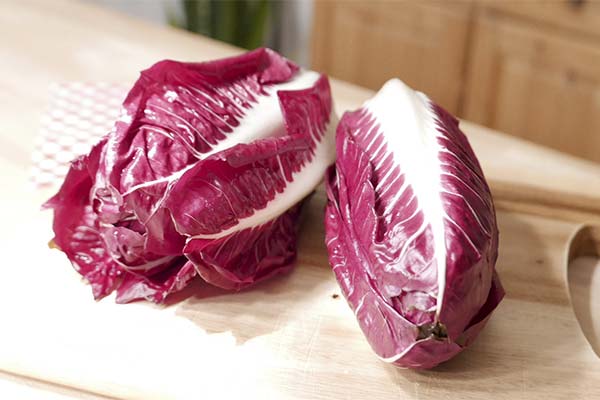
There are different ways to eat radicchio salad: some eat it raw, while others heat treat it. In order to eat lettuce, you need:
- Rinse the vegetable under water.
- Cut off the outer leaves.
- Cut the cauliflower into halves or smaller pieces.
Then you can do whatever your culinary soul desires with the salad. You can eat radicchio raw: add it to salads or cold dishes, or eat it just for fun. There are also many recipes with this vegetable, which are actively used in cooking in different countries. It will give any dish a touch of spice and originality. Dense leaves can be used as plates to dilute boring tableware. The salad gives a great combination with garlic, various spices, cumin and so on. By experimenting in the kitchen, you can get delicious dishes out of the bitter fruit.
What to make with radicchio
Hot Salad
The main culinary recipe with radicchio can be considered a hot salad. To prepare it, you need:
- A cauldron of radicchio;
- onions;;
- garlic;
- olive oil;
- walnuts;
- spices.
Fry the lettuce leaves in olive oil, tearing them into several pieces beforehand. Remove the overcooked leaves from the fire and send them to a plate. After that, in the same oil you need to add an onion, having previously cut it into rings, fry it and add it to the leaves. Nuts need to be chopped into small pieces, so that they can be conveniently eaten. On top of the radicchio leaves and onions should be sprinkled with walnuts. The dressing will be olive oil mixed with a few cloves of garlic and spices to taste. The salad is ready. This method is used quite often, because when fried, radicchio salad becomes less bitter and the whole dish is spicy and flavorful.
Pasta
In addition, lettuce is often used in the preparation of pasta. For this you will need:
- Tomatoes (cherry tomatoes are best);
- garlic;
- radicchio;
- pasta;
- olive oil.
For the base you need to boil the pasta. In the process of boiling the rest of the ingredients are prepared. Wash the tomatoes and lettuce. Cut them into wedges. Peel the garlic and cut it into small pieces. Pour oil into a frying pan and fry all ingredients until the garlic is golden brown. Then put the pasta on a plate. Pour the roast on top. While the dish cools, you can, if you want, grate cheese. More often for this purpose cooks use Parmesan, but you can add any other, if you want. The dish is ready.
Risotto
Risotto, a traditional Italian dish, is also sometimes made with the addition of radicchio. Ingredients:
- onion;
- radicchio lettuce;
- olive oil;
- garlic;
- spices;
- rice.
Dice onion. Radicchio cut into pieces. Put the vegetables in a saucepan, pour olive oil into it and put it on the fire. Keep on medium heat for about 3-4 minutes. Then we add a bay leaf and wine (you can not add, it's optional). Put the rice to boil. Salt it and add garlic to the water. Mix the cooked rice with the roast, without removing the saucepan from the fire. The risotto can be eaten!
These three main dishes can be made with the addition of radicchio. They turn out delicious and will be enjoyed by everyone in the family.
Its uses in folk medicine
The vegetable is also widely used in folk medicine. The crop has wound-healing properties, which allows wounds, abrasions and similar unpleasant formations on the skin to heal faster.
Also using radicchio is good for diarrhea and gastrointestinal problems. By taking an oral extract using the root of the plant, digestion will work better and stools will normalize. The compound also helps regulate blood sugar levels and lowers cholesterol.
Antioxidants in the vegetable save the body from the adverse effects of free radicals, which lead to oxidative stress, which, in turn, can cause cancer and other serious diseases of the heart, brain, digestion and so on.
Cosmetic applications
The powerful plant compounds in the composition are so useful that even when eaten normally, they work. For example, eating the vegetable has a rejuvenating effect on the entire body, preventing rapid aging of cells.
How to grow radicchio lettuce
Sowing begins in April and can last until July. In order for the plant to bear fruit, the soil must be prepared for planting.
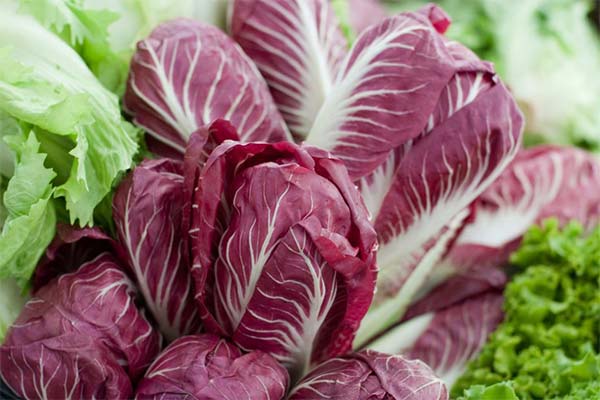
The soil suitable for growing this vegetable should be loosened, rich in nutrients and fertile. If the soil does not contain nutrients or has very little, you can fertilize the soil yourself. Next, you need to make a few small, shallow furrows in the ground. After that the seeds are placed in them. Remember that when planting the seeds directly into the open ground, they should be spaced sparsely from each other and have a distance of about 15-20 cm. On top of the seeds should be covered with soil and watered abundantly.
The first sprouts begin to show from the soil in about one or two weeks. After the sprouts increase in size, they will need to be weeded and leave only the healthiest ones. Water the plant abundantly, but not too much, so that the future vegetable will not die. Additional fertilization of beds is also not necessary: the plant already copes and grows quickly. However, some gardeners prefer to add mineral and organic fertilizers to the growing vegetable.
The first harvest can be harvested in two months after sprouting. There are varieties that sprout a little later than usual, but individual, more ripe leaves can be plucked until the whole fruit ripens. The most popular variety to grow in Russia is "Pala Rosa".
The ripening time is about two months, and maybe a little more (plus 10-15 days). The variety gives a large yield: from one square meter the gardener can get up to two kilograms of vegetable. The leaves of the fruit are crispy, the taste is not too bitter, there is only a medium bitterness.
Radicchio salad is a very interesting vegetable, which has gained love among gardeners and gardeners all over the world and our country as well. Many people may not like the taste because of the bitterness, but with the right cultivation and preparation, you can create delicious culinary masterpieces with radicchio. In addition, the useful properties that the salad has because of its composition, will help improve health and increase immunity, which is very important, and especially before the winter colds, when the body becomes weaker and the tendency to colds increases.
«Important: All information on this site is provided solely for introductory purposes. Consult with a health care professional before applying any recommendations. health care professional. Neither the editors nor the authors shall be liable for any possible harm caused by materials."

